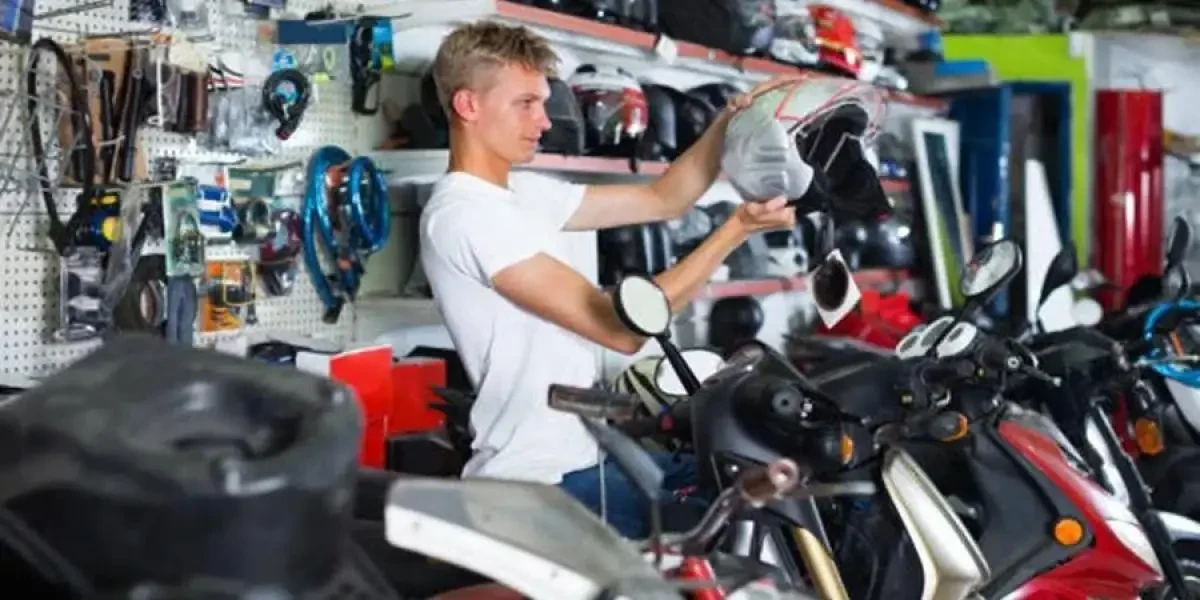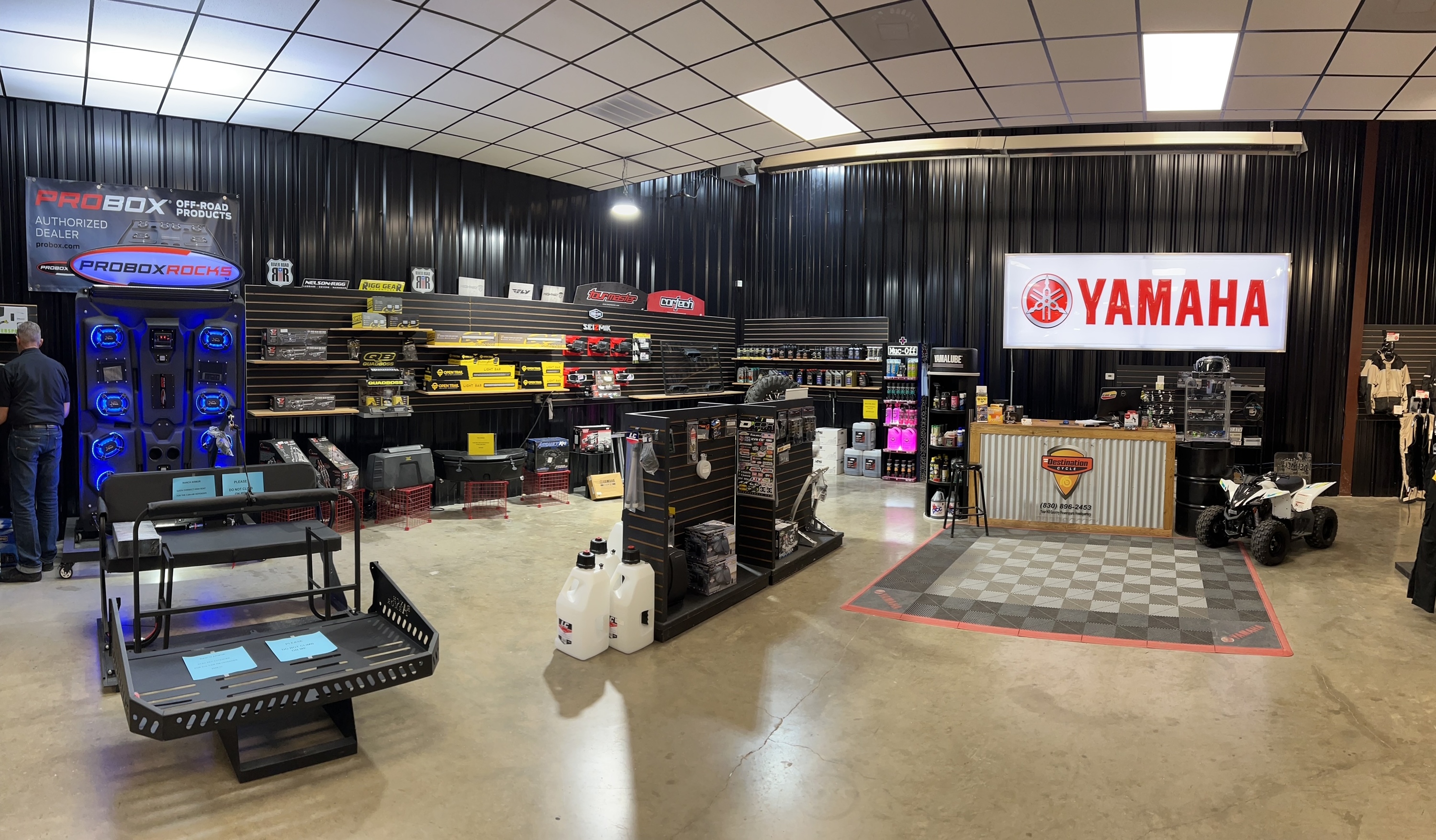Discover Affordable Prices on Motocross Parts NZ for every single Bike
An In-depth Look at Bike Parts: What Every Rider Needs To Know
A thorough understanding of motorbike parts is not simply useful yet vital for any kind of cyclist aiming to optimize efficiency and security. Each element, from the engine's elaborate functions to the dependability of brake systems, plays a critical role in the general experience and functionality of the bike.
Comprehending the Engine
The engine, often considered as the heart of a motorcycle, is a complex assembly of elements that function in consistency to transform gas into motion. At its core, the engine's primary feature includes the combustion process, where air and fuel mix and fire up within the cyndrical tubes, causing regulated explosions that drive the pistons. These pistons relocate up and down, converting chemical power right into mechanical energy, which ultimately turns the crankshaft, ultimately powering the bike.

Recognizing the complexities of a motorbike engine is vital for motorcyclists and lovers alike. It not only gives insight into how bikes attain their remarkable power and rate yet additionally help in reliable maintenance and troubleshooting, guaranteeing durability and reliability when driving.
Suspension Solutions
While the engine powers the motorcycle, the suspension system plays a vital function in making certain a smooth and controlled adventure. The suspension system is accountable for soaking up shocks from the road surface area, preserving tire call, and giving stability during cornering and stopping. It consists of two main components: the front forks and the back shock absorbers.
Front forks are typically telescopic, containing a spring and dampening device. The spring prolongs and compresses to soak up bumps, while the moistening system regulates the movement to stop excessive bouncing. This combination makes certain the front wheel continues to be in contact with the roadway, offering remarkable handling and convenience.
The back suspension, typically a monoshock or twin-shock configuration, functions likewise to the front suspension however is customized to support the motorcycle's weight and motorcyclist - motox parts nz. It takes care of back wheel motion, contributing to the bike's total balance and responsiveness
Suspension systems can be flexible, allowing cyclists to adjust preload, compression, and rebound setups according to personal choices and riding conditions. This adjustability boosts efficiency by enhancing the motorbike's communication with diverse terrains. In recap, an efficient shock absorber is critical for cyclist convenience, safety and security, and the motorbike's managing expertise.
Brake Components
Quiting power is a fundamental element of motorbike safety, and it rests on the effectiveness of the brake components. The key aspects of a bike's stopping system include the brake pads, calipers, blades, and master cyndrical tube. motocross gear. Each of these components plays motorcycle hitch carrier a vital function in making certain reliable stopping performance
Brake pads are important as they develop the required friction against the blades to reduce or quit the motorbike. Built from materials such as sintered metal or organic compounds, the option of brake pad material considerably influences efficiency and durability. Calipers, real estate the brake pads, use pressure to the pads when the brake bar is engaged, facilitating contact with the rotors.
The rotors, usually made from stainless steel or actors iron, are installed to the wheels and function as the surface area versus which the brake pads press. Their style, consisting of size and thickness, impacts warmth dissipation and quiting power. The master cylinder, attached to the brake lever, creates hydraulic pressure transferred via brake lines to the calipers, guaranteeing consistent stopping pressure.
Regular maintenance and examination of these parts are crucial for ideal efficiency, avoiding wear and making sure rider safety and security on the road.
Tire Essentials
Beyond preserving robust braking systems, guaranteeing optimal tire performance is similarly considerable for motorcycle safety and security and effectiveness. Tires are the sole call point between the roadway and the motorbike, making their condition critical in dealing with, stability, and overall adventure top quality. Choosing the appropriate tire type is important, as it directly affects grip and performance. Options range from touring to sporting activity tires, each made to suit details riding designs and conditions.

In addition, consider the tire's age. Rubber substances break down gradually, also if step appears sufficient. Examine the sidewall for the DOT (Department of Transport) code to determine the tire's age. Generally, substitute is suggested every 5 years, regardless of wear. Spending focus in these tire basics not just maximizes efficiency but additionally substantially enhances pop over to this site riding safety.
Electrical Systems
In the world of motorbike upkeep, the electric system plays a critical function in ensuring dependable performance and biker safety. This elaborate network includes vital components such as the battery, alternator, starter electric motor, and electrical wiring harness. Each component is essential for the seamless operation of the motorbike, from ignition to lights and interaction with different More about the author sensors.
The battery works as the heart of the electrical system, providing the essential power to start the engine and operate accessories. Regularly inspecting the battery's voltage and terminals for deterioration is vital to stop unanticipated failures. The alternator, on the other hand, recharges the battery while the engine is running, making sure a constant power supply.
To keep it, cyclists ought to pay focus to any unusual sounds or difficulties throughout start-up. Guaranteeing that the wires are undamaged and complimentary from damage is important for stopping brief circuits and making certain performance.
Final Thought

Quiting power is a basic facet of motorcycle safety, and it hinges on the efficiency of the brake parts. The key components of a motorbike's stopping system consist of the brake pads, calipers, blades, and master cylinder.Brake pads are essential as they create the necessary rubbing versus the rotors to reduce down or stop the motorcycle.Beyond keeping robust stopping systems, ensuring optimum tire performance is equally significant for motorbike safety and security and effectiveness.In the realm of motorbike maintenance, the electric system plays an essential function in guaranteeing trustworthy performance and rider safety and security.